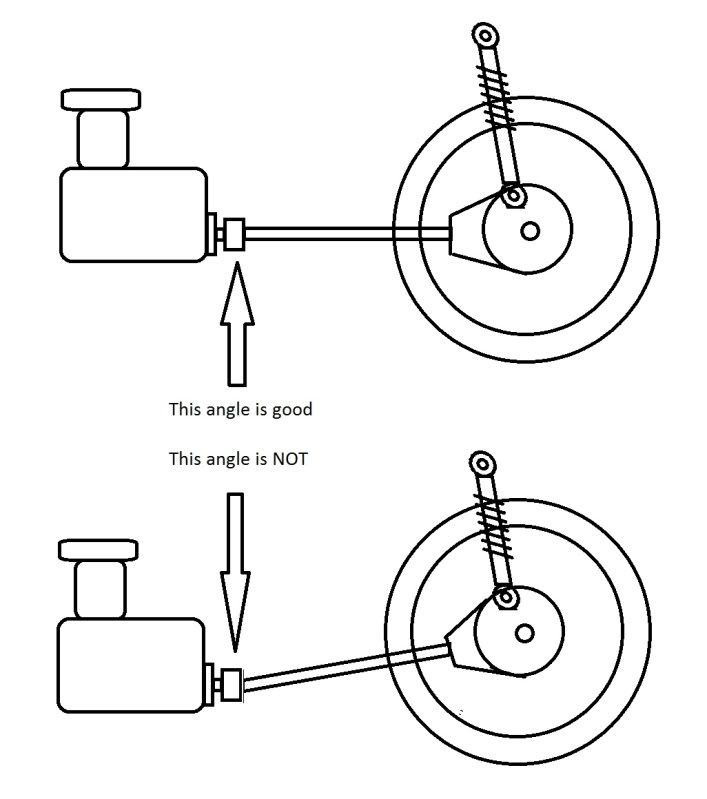OK. Disclaimer, I'm not a suspension expert by any means, simply relaying what I have done and seen on other bikes.
If you are gonna put those tires on the bike, you can forget about trying to ride it aggressively. Seriously. I get that some people like the look, and that's fine, but get some modern rubber on there if you want the bike to perform well.
As far as the spokes, I've heard of some people putting on Suzuki Madura wheels. I believe they had a shaft drive spoke wheel. Forget the size though. Other than doing something totally custom attaching the spline the hub of a spoke wheel you don't really have to many options.
As far as the front end, you can probably get away with lowering the front 1/2 inch. This will have the same lowering amount as an 18" front wheel, but it's much easier and easy to change if you don't like it.
I believe the rear tire is a 17" on your bike. You may have better luck in trying to find a 17" front from an 83-85 GS 700 or 1100. If you wanted the wheels to be the same size this is what I'd do. Plus you will lower your front a bit at the same time. Possible win-win for you?
Since your main concern seems to be looks over performance I'd suggest lowering the forks a bit, and leveling the bike that way. It should not take too much to alter the stance, and don't go too crazy. You can seriously ruin the way your bike rides if you go over the top with this.
PS I know all the super-cool-kids on the interwebs are using those firestones, but they are not a safe tire choice for anything other than a slow toddle down the road.
Hope you find the constructive and helpful.
.png)


 )
) : Do you mind helping me understand this concept a little more? The front end of the bike is higher than the rear at stock set up, so it isn't straight from the get-go. Are we talking about the entire bike or only the shaft portion?
: Do you mind helping me understand this concept a little more? The front end of the bike is higher than the rear at stock set up, so it isn't straight from the get-go. Are we talking about the entire bike or only the shaft portion? 
 I will try that out, and see. Thank you for the diagrams and info Steve!
I will try that out, and see. Thank you for the diagrams and info Steve!
Comment